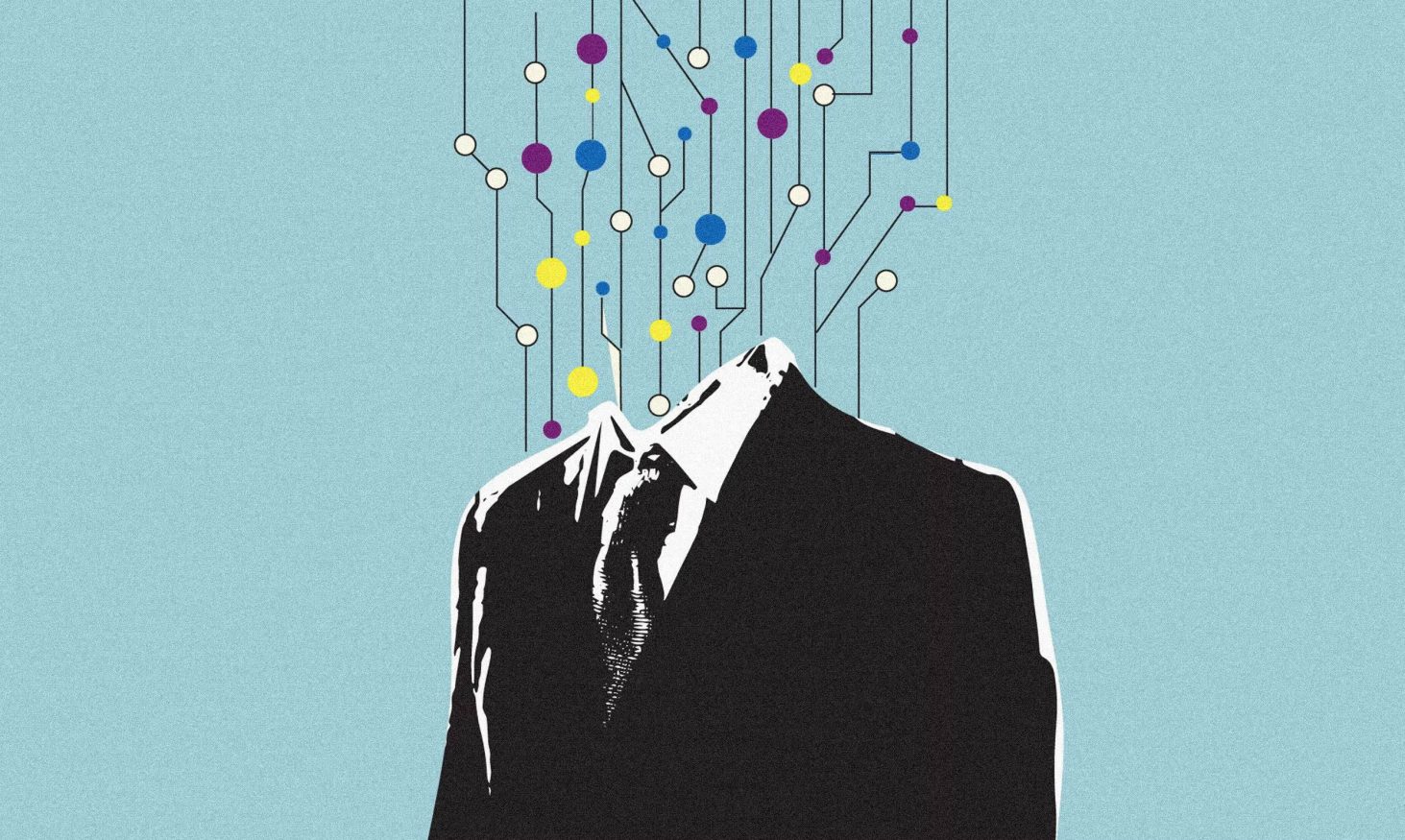For years, the conversation around artificial intelligence and the workforce was cushioned by optimistic hedges. Tech executives, while championing AI’s power, would often suggest that innovation historically creates more jobs than it destroys. But the time for hedging is over. The very CEOs responsible for ushering in this new era are now beginning to admit what many have feared: AI is poised to cause deep, foundational disruptions to the labor market, and the transformation is already underway. As layoffs continue to ripple through the industry, a new, unspoken mandate is being passed down to the remaining employees: hypercharge your productivity with AI, or you will be the next to go.
The New Mandate in Tech: ‘Hypercharge or Get Out’
The pressure on employees in the tech sector has never been higher. The expectation is no longer just to be open to using AI, but to become a fluent, enthusiastic evangelist for it. “If you’re an AI skeptic, you are at risk of losing your job,” said Lexi Lewtan, CEO of the hiring platform Leopard.FYI. This sentiment is echoed across the industry, transforming both the hiring process and the day-to-day reality of work.
No Strings Attached: Ultron, AI, and the MCU’s Most Plausible Apocalypse
Job hunters are now advised to go all-in on AI during recruiting, demonstrating that they are exponentially more efficient than candidates who are not early adopters. “You have to sound like an AI enthusiast to even be considered for a job,” Lewtan noted, highlighting a core anxiety for modern workers. “Meanwhile, you kind of know that companies may want to replace you with AI in a few years.” At companies like Zapier, the mandate is even more explicit. CEO Wade Foster has stated that “100% of new hires must be fluent in AI,” and employees are expected to build their own AI systems to transform how their jobs are done, a stark departure from the job descriptions of just a few years ago.
The Data Doesn’t Lie: How AI Is Reshaping the Job Market
While anecdotes paint a compelling picture, the data reveals a clear and concerning trend. The golden age of tech, with its hiring sprees and lavish perks, has given way to a new era of strategic contraction and AI-driven efficiency.
- Declining Opportunities: According to VC firm SignalFire, hiring of new graduates by the 15 largest tech companies has fallen by more than 50% since 2019, as companies prioritize experienced talent who can immediately leverage AI. Furthermore, an analysis by workforce intelligence firm Revelio Labs found that for roles highly susceptible to AI replacement—like database administrators and IT specialists—job openings have declined 31% since 2023. “Workers who thought they were safe are now in the crosshairs,” said Zanele Munyikwa, an economist at the firm.
- A Crisis of Confidence: This high-risk, low-hiring environment has crushed morale. According to Glassdoor’s lead economist, Daniel Zhao, employee confidence in the information sector fell below 50% in 2023 for the first time since data collection began in 2016. Meanwhile, a Pew Research Center survey found that more than half of U.S. workers are worried about AI’s impact, with nearly a third believing it will lead to fewer job opportunities long term.
The Rise of the “AI-Displaced” Worker
The impact of these trends is now birthing the first cohort of what experts are calling “AI-displaced” workers—and the evidence shows they face a significantly harder road back to employment. New research by global talent firm LHH reveals that workers who cite AI as a factor in their layoff are more than twice as likely to face unemployment for longer than 12 months.
OpenAI Announces GPT-5, Its “Best AI System Yet,” with Access for Free Users
Of 200,000 people surveyed who lost their jobs in 2024, 12.4% cited AI as a factor. For this group, just over a third were reemployed within three months, compared to almost 50% for workers laid off for non-AI reasons. “People displaced by AI are reemployed more slowly,” said John Morgan, president of LHH. “They’re more likely to chase roles that no longer exist.” This data suggests that the skills being made redundant by AI are not easily transferable, creating a new and challenging class of unemployment.
The Unspoken Truth: What CEOs Really Expect
Perhaps the most jarring aspect of this new reality is the open admission from top tech leaders that AI-driven workforce reduction is not a bug, but a feature. While they push their employees to adopt AI tools, they are simultaneously telling shareholders and the public that these same tools will allow them to operate with fewer people.
- At Amazon, CEO Andy Jassy wrote to employees, “In the next few years, we expect [generative AI and agents] will reduce our total corporate workforce as we get efficiency gains.”
- At Google, CEO Sundar Pichai noted that AI already writes more than 30% of new code at the company.
- At Meta, CEO Mark Zuckerberg said AI could soon do the work of a midlevel software engineer.
- At Salesforce, CEO Marc Benioff claimed AI is already doing 30% to 50% of all work.
This is the central, anxiety-inducing paradox for the modern white-collar worker. The very tools they are being mandated to master are the same ones being developed to ultimately make their roles obsolete. The message from the top is clear: the age of personal superintelligence is also the age of hyper-efficiency, and the future belongs to those who can adapt, automate, and prove they are more valuable than the algorithm.









